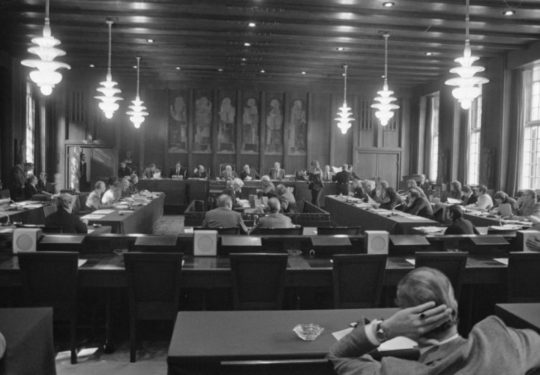On the platform openspending.nl the financial details of ten new municipalities have been added as of today.
After unlocking financial data of Amsterdam, including all its boroughs, Utrecht, The Hague, Enschede and the province of Groningen, today we added the financial spending data of Leiden, Leidschendam-Voorburg, Lelystad, Middelburg, Ommen, Purmerend, Roermond, Staphorst, Veenendaal and Zeist.
The advantage of openspending.nl is that the financial data of all local governments is easy to download. It can be reused by anyone, comparisons are made possible and trends can be perceived.
The public availability of financial information of local and regional governments is not new. Budgets and annual financial statements are available but not in an open standard. With openspending.nl financial spending data of other local governments, municipalities and provinces can be included. With this, the platform is directly valuable to governments and citizens alike. The platform not only allows comparisons between actual expenditures of different districts but also allows seeing whether interim expenditures are in line with their original budgets.
In the Netherlands municipalities provide quarterly reports to the Central Bureau of Statistics (IV3-format). By unlocking this information as open data, it becomes possible to compare the expenditures of various local governments. Not only in absolute terms but also per household or surface. This allows to set benchmarks.
Governments hold a wealth of financial information contained in financial records. Budgets, annual reports, income and expenses allow governments to guide policies and hold them to account. Providing digital insights of these financial data offers possibilities to check and control governmental expenses. It offers citizens the possibility to track cost reductions and propose alternatives.
The data are presented in the so-called CBS IV3 standard. This includes information on budget figures and quarterly and annual spending. This is done through a budget overview (once a year) and quarterly and annual distribution in a matrix and a balanced position statement.

